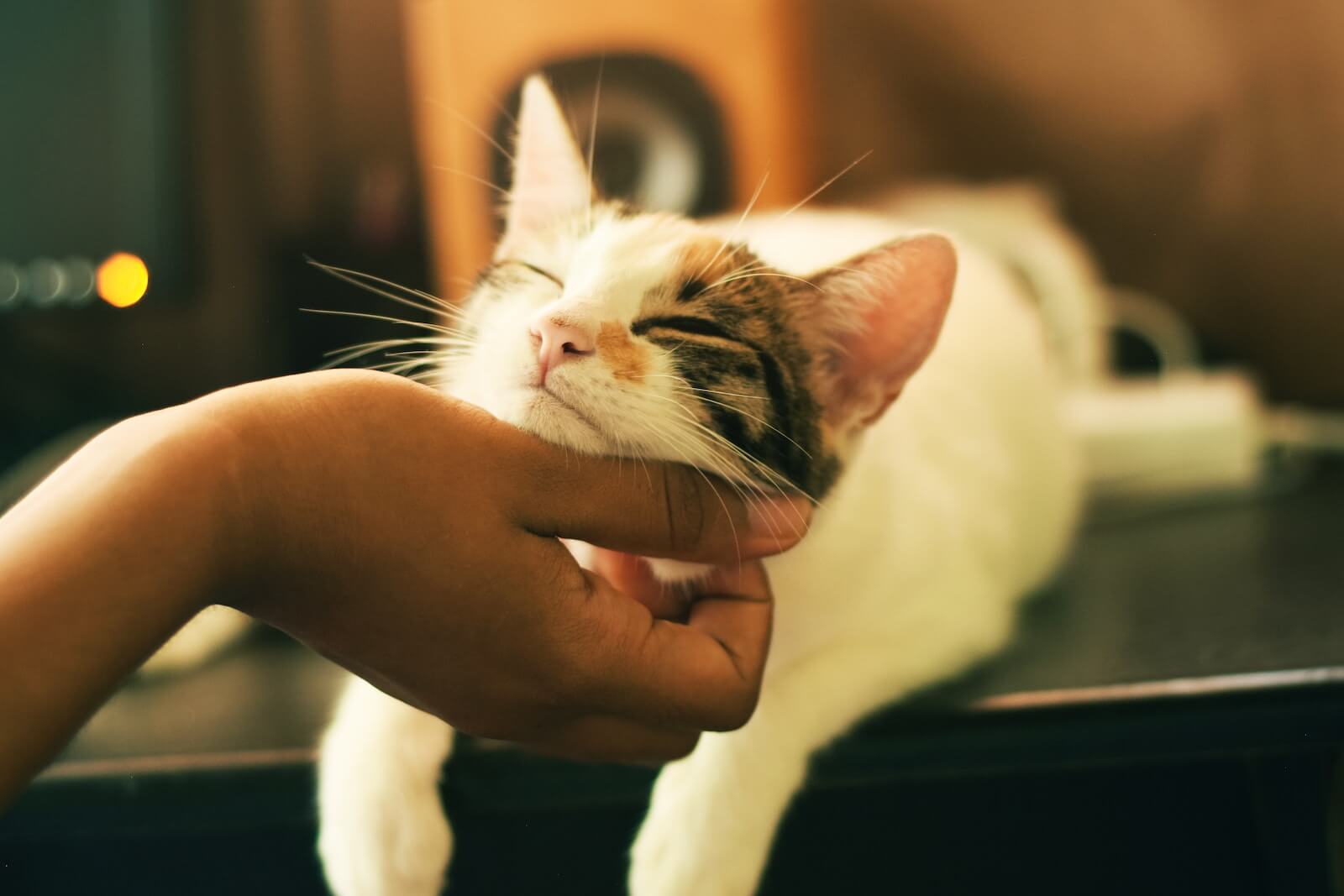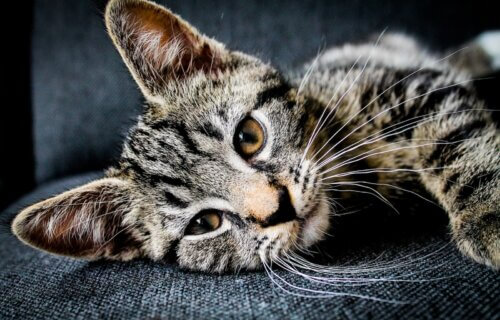VIENNA, Austria — For most cat lovers, there’s nothing better than hearing their furry friend break out into a loud purr during a moment of happiness. While scientists thought they knew how and why cats make this pleasant sound, a new study is turning all that research upside down! It turns out that a cat’s purr might be the same as a human’s “creaky voice.”
Researchers from the University of Vienna have found that a special “pad” in the vocal folds may help cats make these low-frequency noises. Moreover, the team found cats don’t need to constantly send signals from their brain in order to keep purring. This is a major departure from what scientists have thought for decades when it comes to the brain’s role in purring. Simply put, when your cat starts rolling out a long purr, this behavior appears to be on “auto-pilot” — they’ll keep going without having to think about it.
Aside from purring, most cats make plenty of sounds, from meowing to screeching. These sounds are quite ordinary, generated in a cat’s larynx (the voice box) just like a human. For roughly half a century, studies have suggested that cat purrs come from a special mechanism involving cyclical contraction and relaxation of the muscles in the vocal folds within the larynx. Additionally, scientists believed this action required cats to continuously control their purrs through signals from the brain.

Austrian voice scientist Christian T. Herbst says the new study reveals that this is not the case. Lab experiments show that the larynx in a domestic cat can produce extremely low-pitched sounds without repetitive muscle contractions or neural inputs from the brain. Herbst and the team compare these effortless purrs to a person experiencing “creaky voice” or “vocal fry.”
“Anatomical investigations revealed a unique ‘pad’ within the cats’ vocal folds that may explain how such a small animal, weighing only a few kilograms, can regularly produce sounds at those incredibly low frequencies (20-30 Hz, or cycles per second) – far below even than lowest bass sounds produced by human voices,” says Herbst in a university release.
Although the new findings don’t invalidate the old active muscle contraction hypothesis, researchers say it’s clear that there’s more going on inside the bodies of these friendly felines.
“While our data do not fully reject the active muscle contraction hypothesis for purring,” the team writes in the journal Current Biology, “they show that cat larynges can easily produce sounds in the purr regime with fundamental frequencies of 25 to 30 Hz without neural input or muscular contraction.”
You might also be interested in:
- Best Long-Haired Cat Breeds: Top 5 Furry Felines Most Recommended By Experts
- Most Beautiful Cat Breeds: Top 5 Majestic Felines, According To Experts
- Best Cat Breeds For Seniors: Top 5 Feline Companions Most Recommended By Experts


So, my cat is not “purring” it is just snoring.